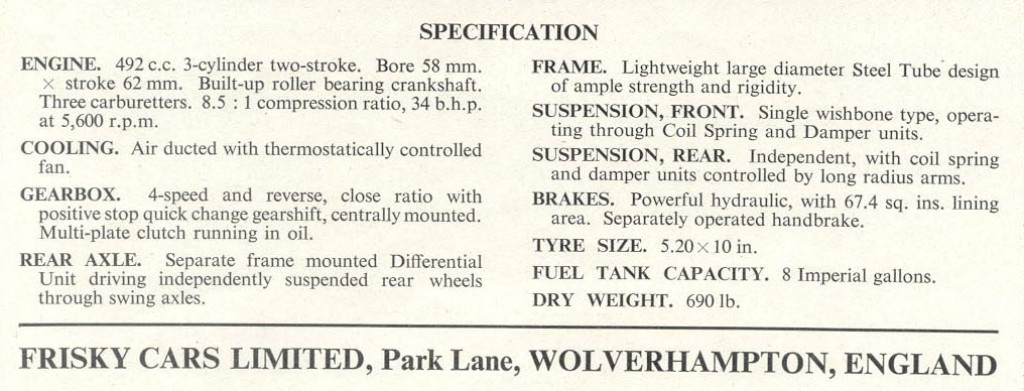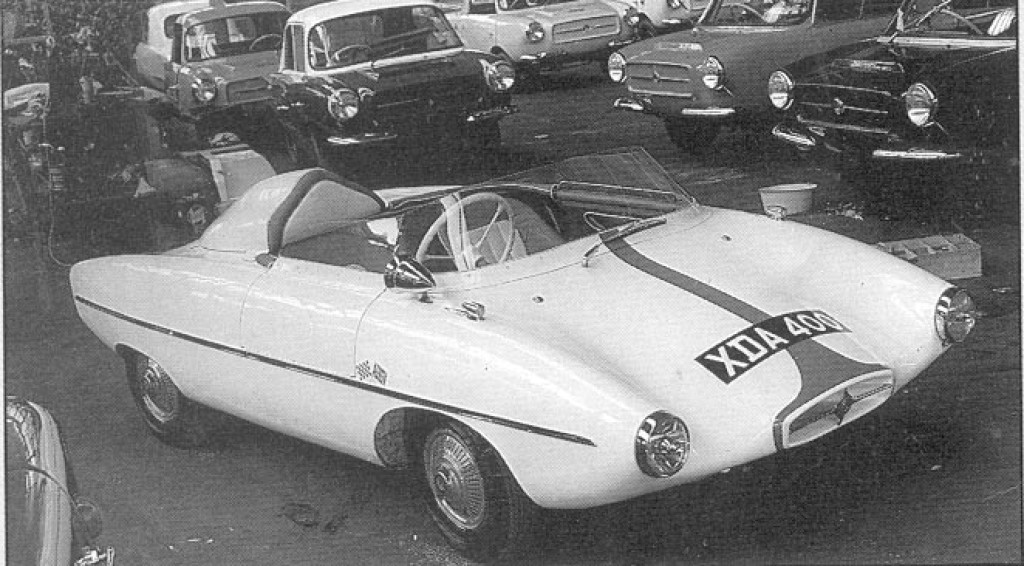
Following the successful launch of the FriskySport at the 1957 Earls Court Motor Show work began on a new and exciting project. A lightweight competition Frisky affordable to the enthusiast. The concept came from Gordon Bedson and utilised his experience of race car chassis design. Responsible for the Mackson 500cc racing car, he was with Kieft Cars Ltd from 1951 to 1954, where he designed Stirling Moss's famous 500cc Formula Three car. Keith Peckmore who was Meadows Project Engineer on the Frisky also previously at Kieft with Gordon.
The Sprint was designed by Gordon Bedson and Keith Peckmore in the "backroom" at Meadows where the master mould was made. Keith made the body from that mould and built the chassis, the assembly of the Sprint being carried out entirely in house. A second wider chassis was also built to accommodate a larger Royal Enfield Engine but this was never completed.
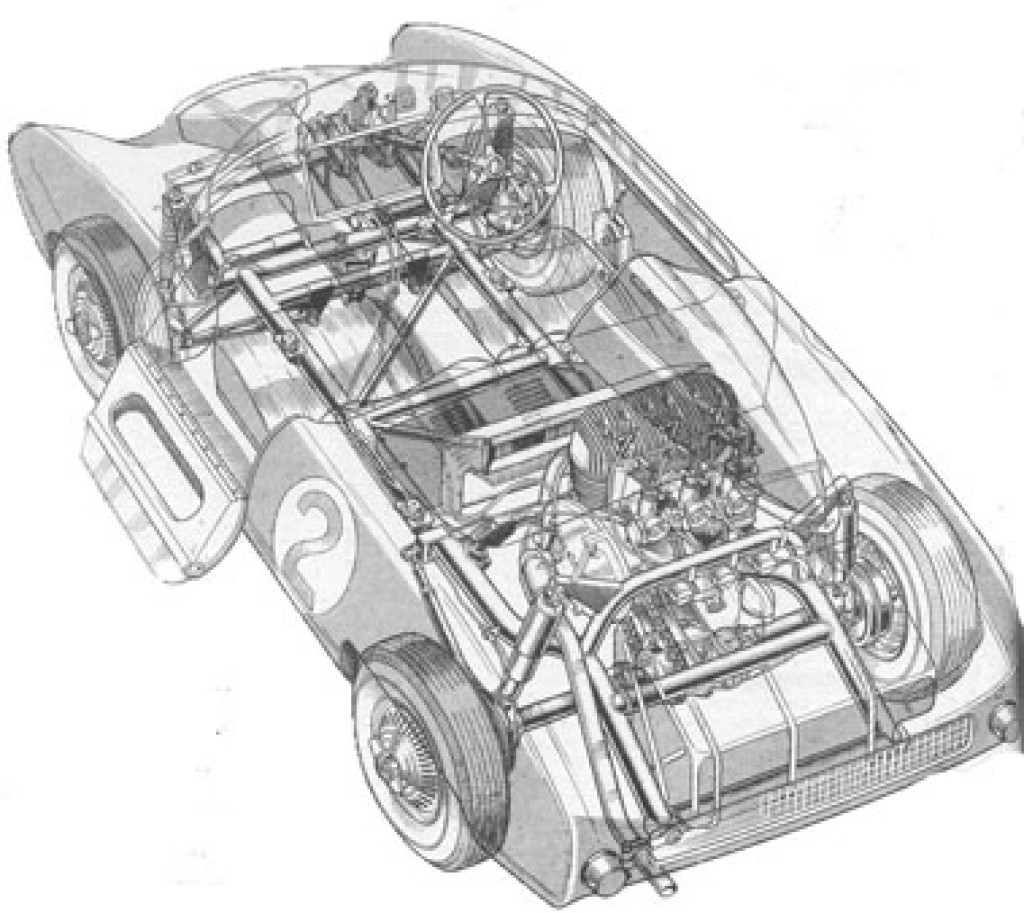
Over the years many have attributed the Sprint's design to Giovanni Michelotti. I would like to make it absolutely clear that this is not correct. He was employed on the Gull Wing and the FriskySport but had no input, design or otherwise into the Frisky Sprint. (The same also applies to the Lightburn Zeta Sports the Australian cousin of the Sprint).

The 1958 Earls Court Show
The Frisky Sprint was launched on 22nd October 1958 at the Earls Court Show along with the Frisky Coupe and the Frisky Family Three, but it was the Sprint that captured everyone's imagination. "The Motor" said it was to be built at Vickers-Armstrong (Aircraft ) Ltd, South Marston, but this was not so, in fact, an agreement had already been reached that they would make the front Suspension, and further negotiations were taking place for them also to make the chassis and running gear.
The Sprint was to be built by Frisky Cars Ltd at Meadows although Vickers did offer full use of their wind tunnel facilities for testing.
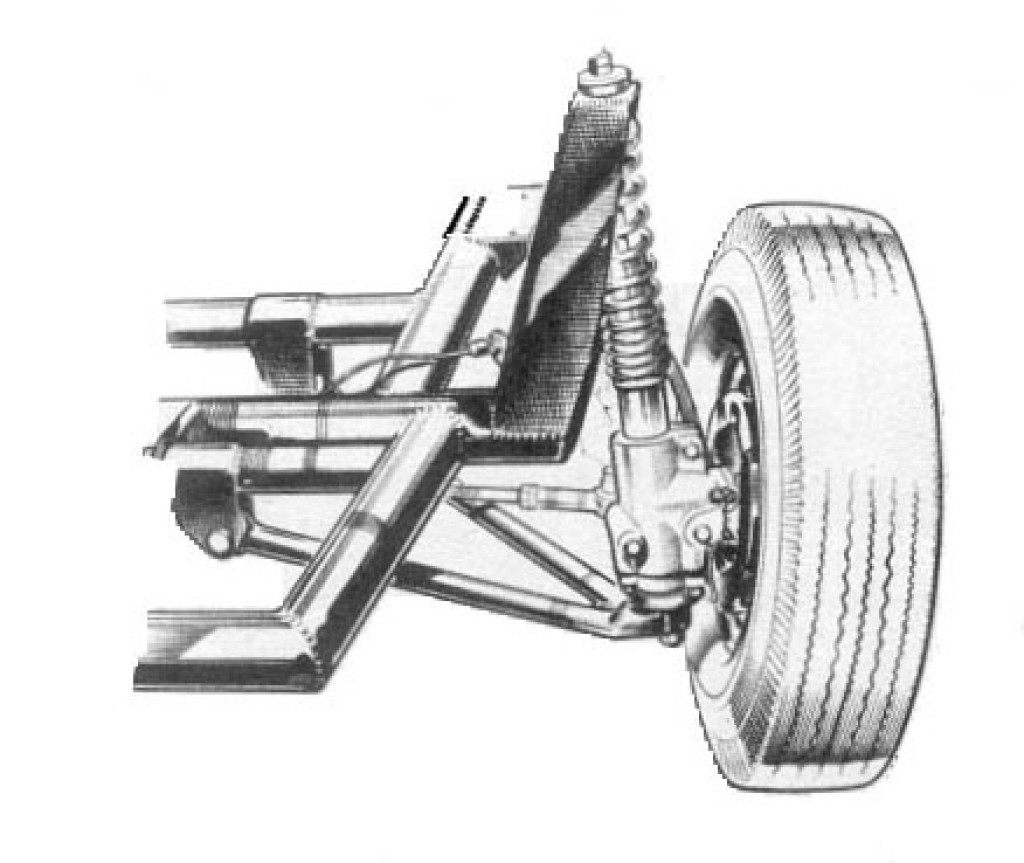
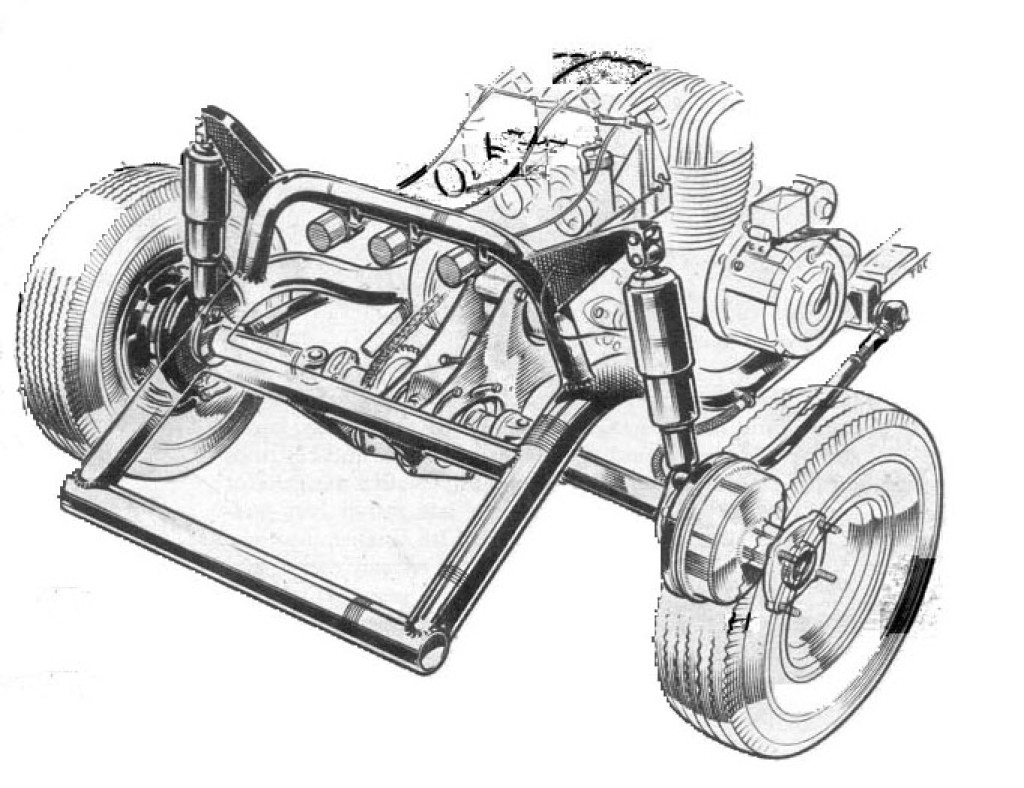
The Sprint had a Glass-reinforced polyester resin body mounted on a parallel-sided ladder type 2 1/4 inch tubular chassis with independent suspension to all four wheels. It was powered by a specially modified three-cylinder air-cooled Excelsior 492cc two-stroke engine that developed 36 bhp at 5600 rpm located at the rear.
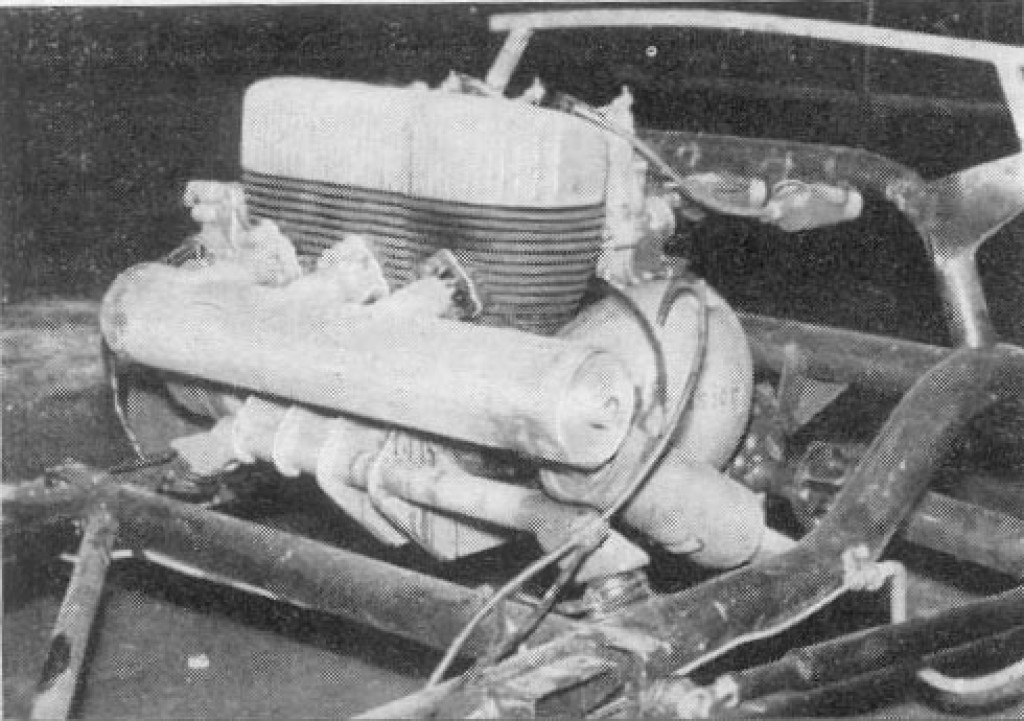
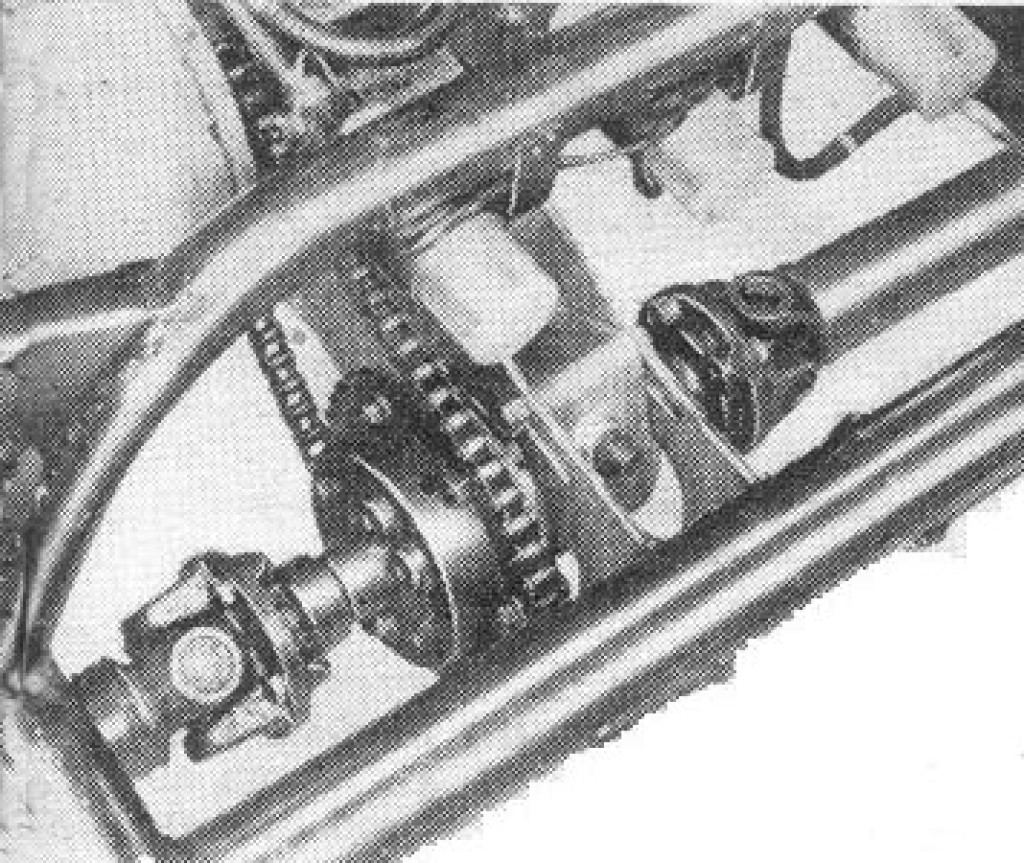
A scoop located underneath the car and running practically its full width directed the cooling air directly into the engine compartment and to ensure adequate cooling this was supplemented by air ducted from the nose through the car between the seats. To cope with traffic situations an electrical thermostatically controlled fan was also fitted.
Unlike other Frisky models, a spur gear type differential was included in the chain-driven final drive arrangement from the four-speed constant mesh Albion gearbox.
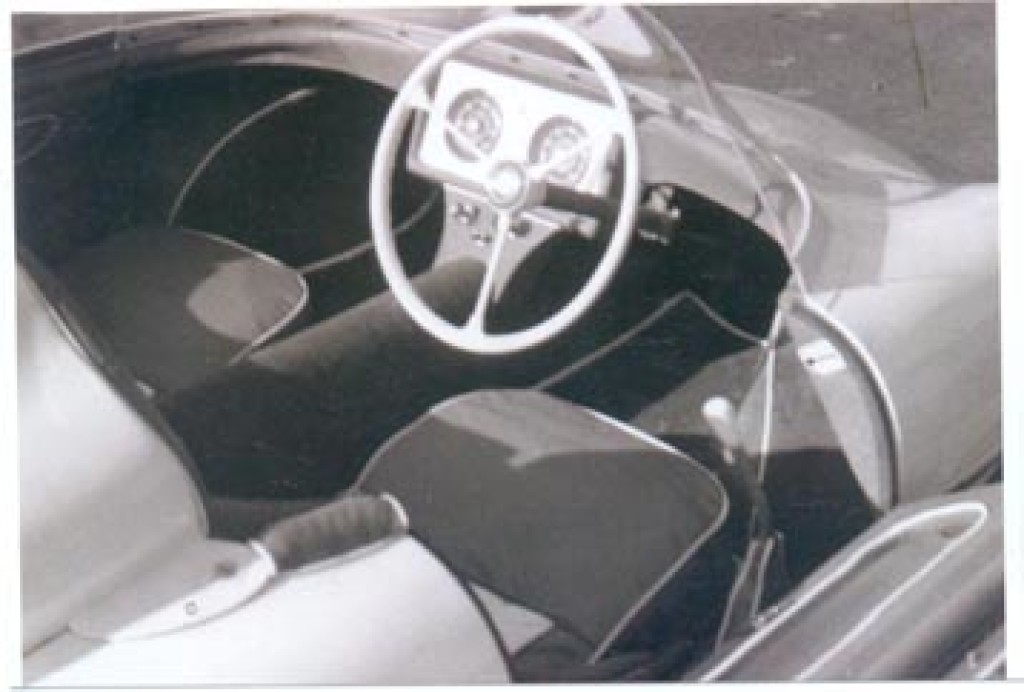

The cockpit was sparse but functional with individual bucket seats and entry through drop-down bottom-hinged doors. There was only a small wrap around Perspex screen that merged with similar panels above each door. No hood, weather equipment or capacity for luggage was provided.
The car was of course intended for competition purposes and a Mark 2 Sprint was planned it was to be powered by a Royal Enfield 700cc twin four-stroke engine developing 54 bhp to give a top speed in excess of 100mph
Unfortunately, a couple of events then unfolded that meant the Frisky Sprint never made production. Firstly, at the Earls Court Show Gordon Bedson and Keith Peckmore were headhunted by Lightburn Engineering to build a car for them in Australia (The Zeta Sports) and left the following March. Secondly, Frisky Cars Ltd were in financial trouble which resulted, despite extensive attempts to forestall it, in them going into liquidation in July 1959. (See the History section for further details.)
Keith subsequently returned to the UK and has been of enormous help to The Frisky Register freely giving his support to those restoring their Frisky cars. We are all very fortunate to have available to us, the knowledge, experience and expertise of someone so closely involved with the development of the FriskyCar.
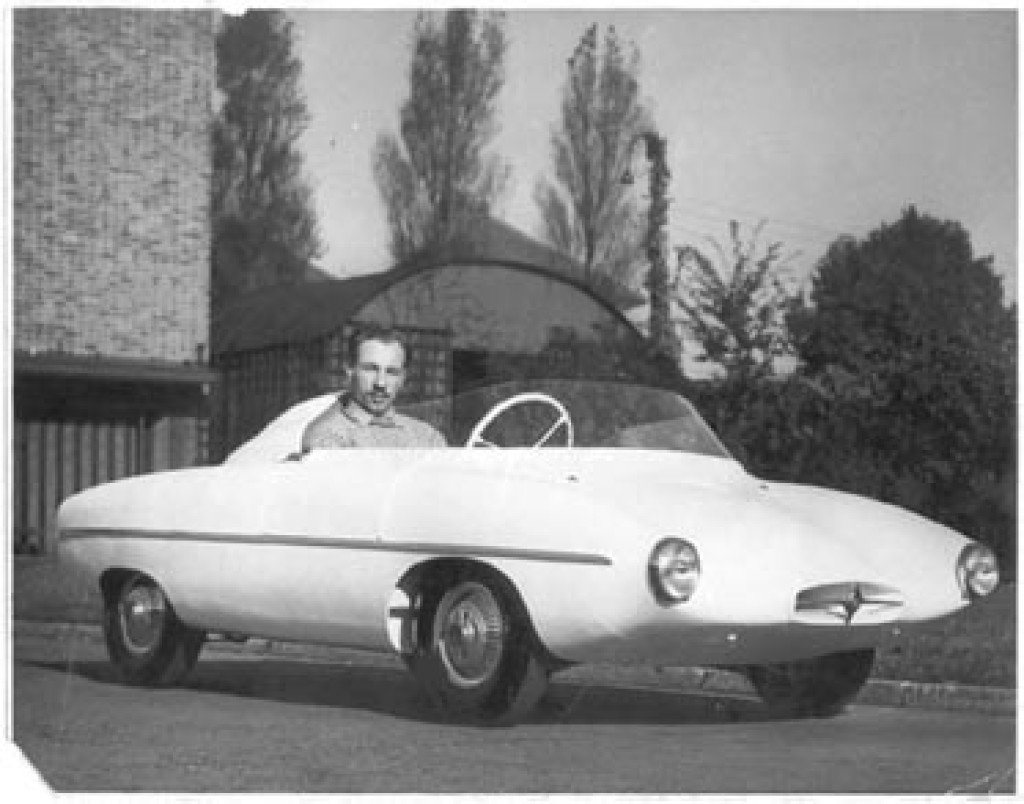
Keith Peckmore seen above carried out extensive testing of the Sprint
